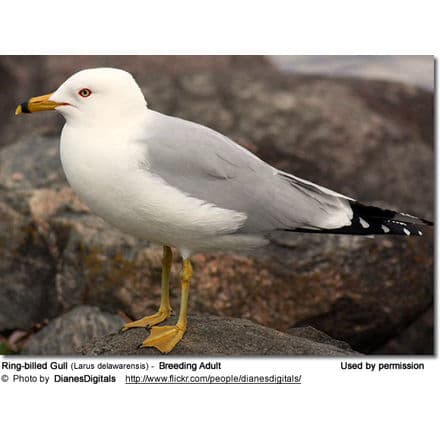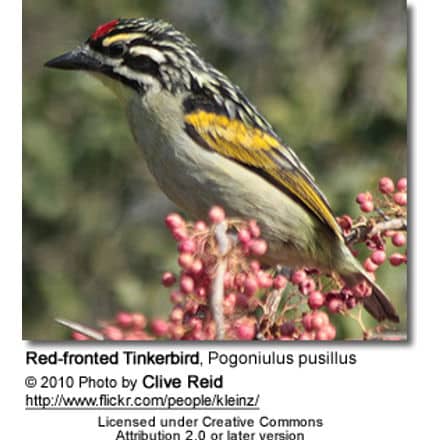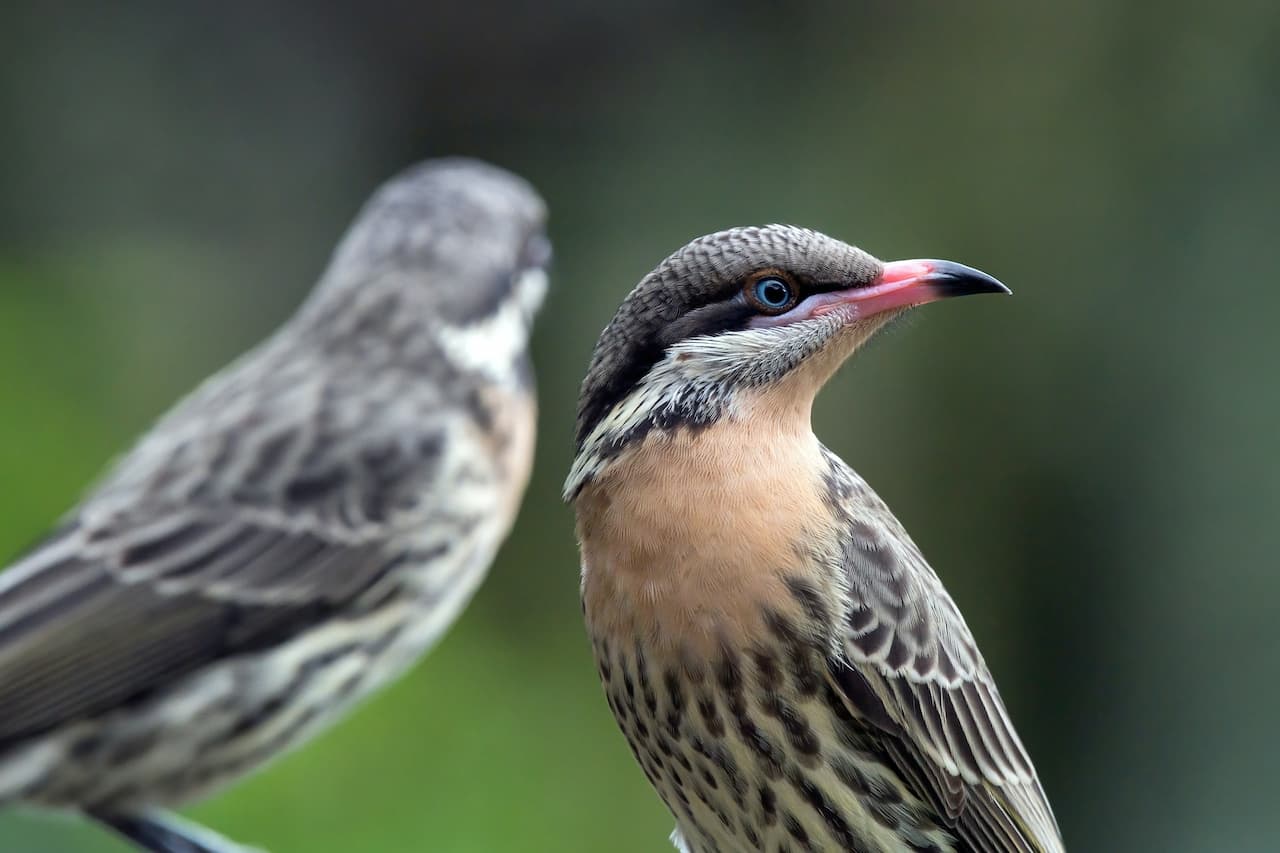Grey Junglefowl (Gallus sonneratii)
The Grey Junglefowl, Gallus sonneratii also known as Sonnerat’s Junglefowl is a wild relative of domestic fowl found in India. They are closely related to the Red Junglefowl but their ranges are largely non-overlapping.
They are found in deciduous forests and at the edges of moist deciduous forests. They are threatened by hunting for food.
The Grey Junglefowl is found in most of Peninsular India, while the Red Junglefowl is found more along the foothills of the Himalayas. A region of overlap occurs in the Aravalli range.
The species has been isolated by a variety of mechanisms including behavioural differences and genic incompatibility.
Phylogenetic studies of Junglefowl show that this species is closely related to the Ceylon Junglefowl Gallus lafayetii and more distantly to the Red Junglefowl, Gallus gallus.
The species name is after the French explorer Pierre Sonnerat and they are sometimes also called Sonnerat’s Junglefowl.
Pheasant General Information … Pheasant Species / Pheasant Taxonomy … Breeding Pheasants … Pheasant Photo Gallery … Housing Pheasants … Pheasant Diseases
Description
Cocks are immediately recognizable by their greyish plumage with fine patterns; the elongated neck feathers are dark and end in a small, hard, yellowish plate (visible as spots in the drawing); due to this peculiar structure, they are popular for making high-grade fly lures.
Males have an eclipse plumage in which they moult their colourful neck feathers in summer during or after the breeding season.
Call / Vocalization
Their loud calls of Ku-kayak-kyuk-kyuk can be heard in the early mornings and at dusk.
Diet / Feeding
They forage for insects and worms by scratching on leaf litter.
Aviculture
These beautiful pheasants are fairly easy to breed. They should be a spacious, well-planted aviary with about 40 sq. ft. (~12 m2) of available space.
They start breeding in their second year and the breeding season in the U.S. usually starts in March and goes on until July. The female lays 12 to 24 eggs, which she incubates for 20 to 21 days.
They are usually provided with a quality game pellet-based diet, seeds, vegetables/greens, fruits and live food.




